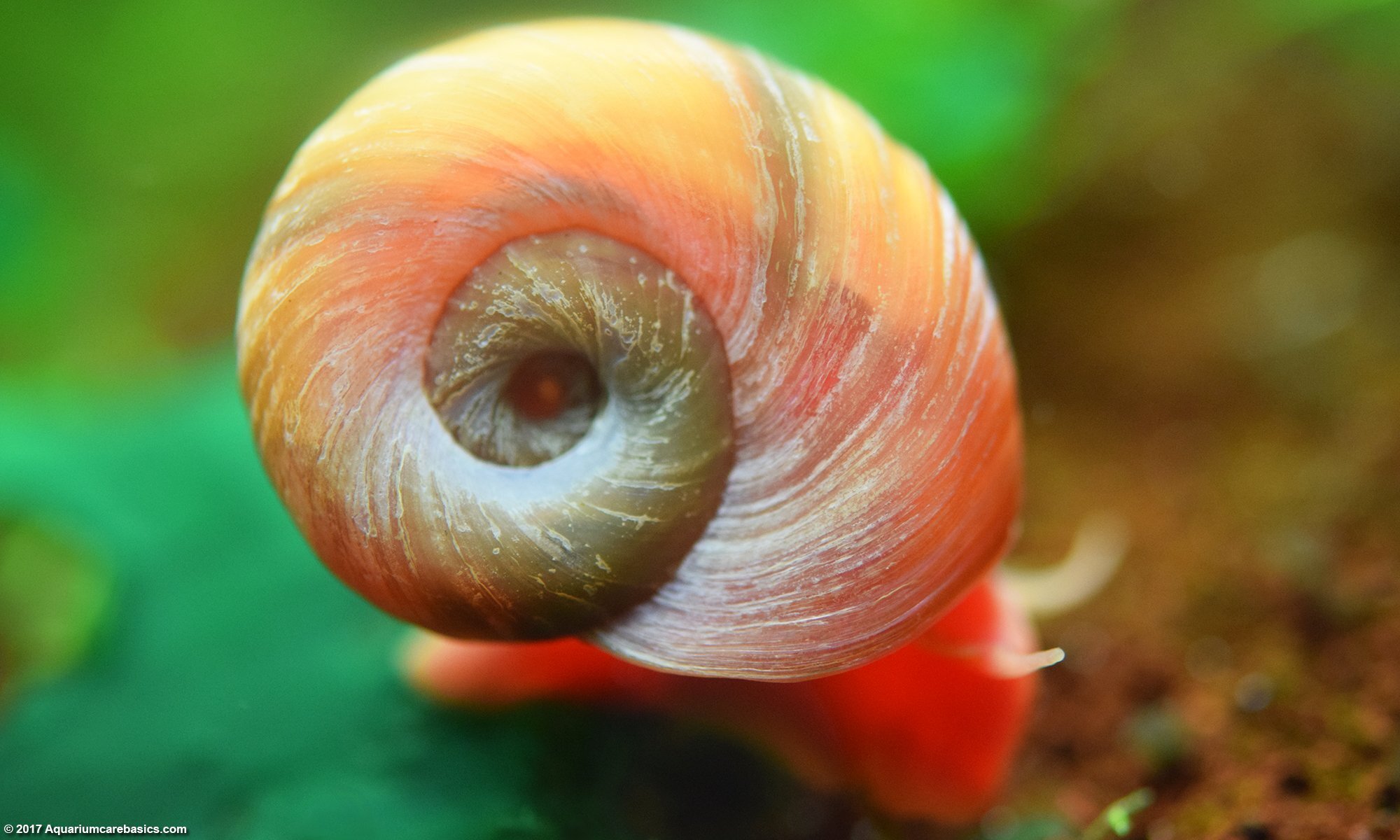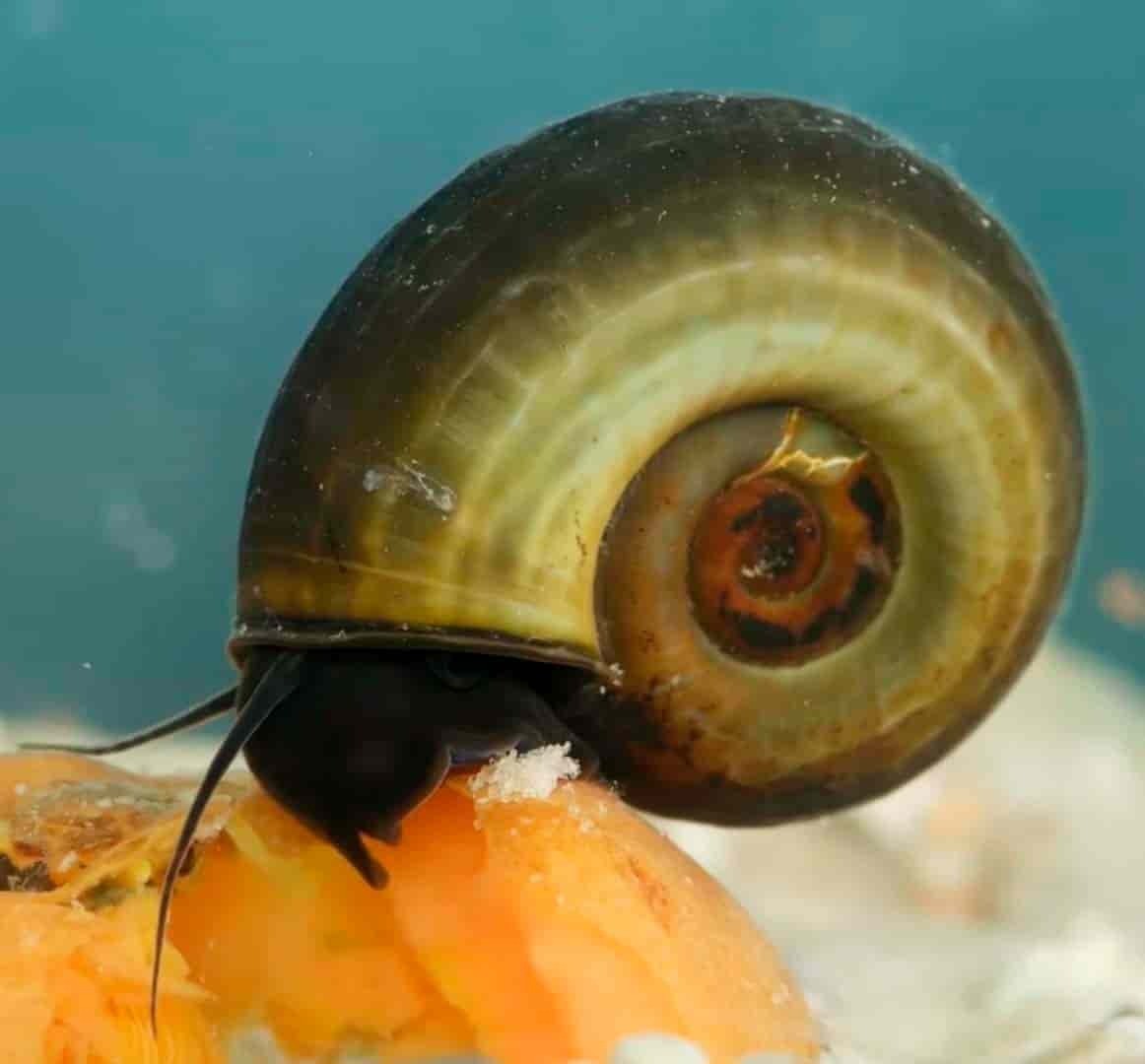Ramshorn snails are fascinating creatures commonly found in freshwater aquariums. Their unique reproductive nature often raises questions among aquarium enthusiasts. This article aims to provide a detailed understanding of their reproductive behavior, addressing key questions such as “are ramshorn snails asexual,” “do ramshorn snails reproduce asexually,” and “can ramshorn snails reproduce asexually.”
Introduction to Ramshorn Snails
Overview of Ramshorn Snails
Ramshorn snails are part of the Planorbidae family and are named for their coiled, ram’s horn-like shells. These snails are popular in aquariums due to their ability to help keep tanks clean by consuming algae and detritus. They are generally small, with adult snails reaching about one inch in diameter.
Habitat and Behavior
Ramshorn snails thrive in freshwater environments, particularly in aquariums and ponds. They are known for their hardiness and adaptability, making them easy to care for. These snails are mostly nocturnal and prefer to stay hidden during the day.
Reproductive Mechanisms of Ramshorn Snails

Are Ramshorn Snails Asexual?
One of the most intriguing aspects of ramshorn snails is their reproductive mechanism. A common question is, “are ramshorn snails asexual?” The answer lies in their hermaphroditic nature. Ramshorn snails possess both male and female reproductive organs, allowing them to reproduce without the need for a mate.
Hermaphroditism in Ramshorn Snails
Hermaphroditism means that each snail can produce both eggs and sperm. This trait significantly enhances their reproductive efficiency, as any two snails can mate, or a single snail can self-fertilize if no partner is available. This adaptability is particularly useful in environments where finding a mate might be challenging.
Asexual Reproduction: Myth or Reality?
Do Ramshorn Snails Reproduce Asexually?
While ramshorn snails are hermaphroditic, they do not reproduce asexually. Asexual reproduction involves a single organism producing offspring identical to itself without the exchange of genetic material. In contrast, ramshorn snails require the exchange of sperm and eggs, even if it occurs within the same individual, making their reproduction sexual rather than asexual.
Can Ramshorn Snails Reproduce Asexually?
To directly address the question, “can ramshorn snails reproduce asexually?” the answer is no. Although they can self-fertilize, the process still involves the fusion of sperm and eggs, which is a form of sexual reproduction. This distinction is crucial for understanding their breeding habits and population dynamics in aquariums.
Breeding Behavior and Egg Laying

Mating Process
When ramshorn snails mate, they engage in mutual fertilization, where each snail exchanges sperm with the other. This mutual exchange ensures genetic diversity among the offspring. After mating, both snails can lay eggs, leading to a rapid increase in population under favorable conditions.
Egg Development
Ramshorn snail eggs are laid in clusters on various surfaces within the aquarium, such as plants, decorations, and the tank glass. The eggs are enclosed in a gelatinous mass that protects them until they hatch. The incubation period for the eggs is typically one to five weeks, depending on the water temperature and environmental conditions.
Hatchling Care
Once the eggs hatch, the juvenile snails are fully formed miniature versions of the adults. They immediately begin feeding on algae and biofilm within the tank. Providing adequate food and maintaining optimal water conditions are essential for the growth and development of these young snails.
Managing Ramshorn Snail Populations
Population Control
Due to their prolific breeding capabilities, ramshorn snails can quickly overpopulate an aquarium. Managing their numbers is crucial to prevent them from overwhelming the tank environment. Regular monitoring and removal of excess snails can help maintain a balanced ecosystem.
Natural Predators
Introducing natural predators, such as certain species of fish and shrimp that feed on snails, can help control ramshorn snail populations. However, it is important to ensure that these predators are compatible with the other inhabitants of the aquarium.
Benefits and Challenges of Keeping Ramshorn Snails

Advantages
Ramshorn snails offer several benefits to aquarium enthusiasts. They are excellent at controlling algae growth and cleaning up leftover food and debris. Their presence can enhance the overall health and cleanliness of the tank.
Potential Issues
Despite their benefits, ramshorn snails can pose challenges if their population is not properly managed. Overpopulation can lead to excessive waste production, affecting water quality. Additionally, they may compete with other tank inhabitants for food and space.
Conclusion
Understanding the reproductive nature of ramshorn snails is essential for effective aquarium management. While they do not reproduce asexually, their hermaphroditic capabilities allow for rapid and efficient breeding. By maintaining a balanced population and providing proper care, aquarium enthusiasts can enjoy the benefits of these industrious snails while mitigating potential challenges.

